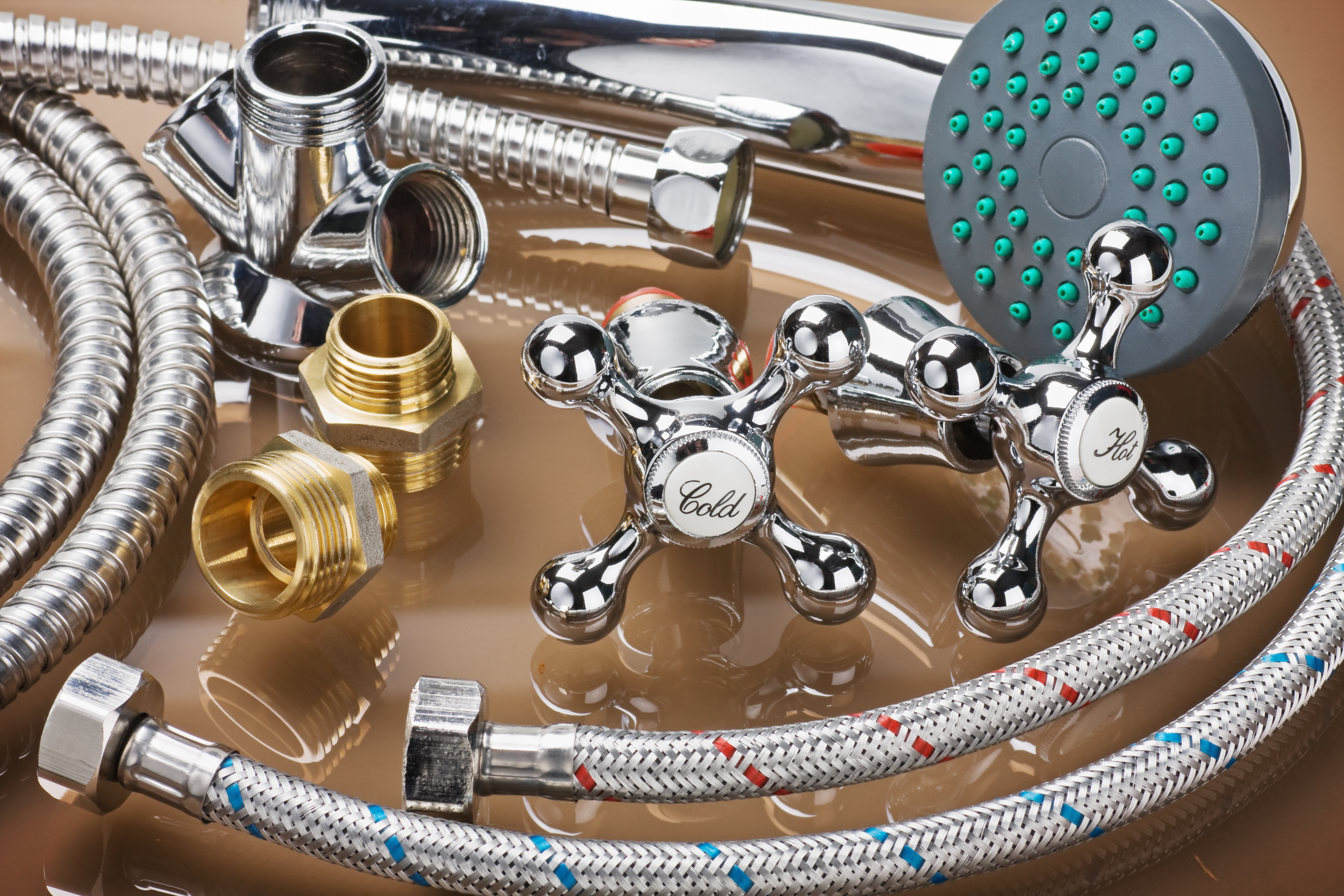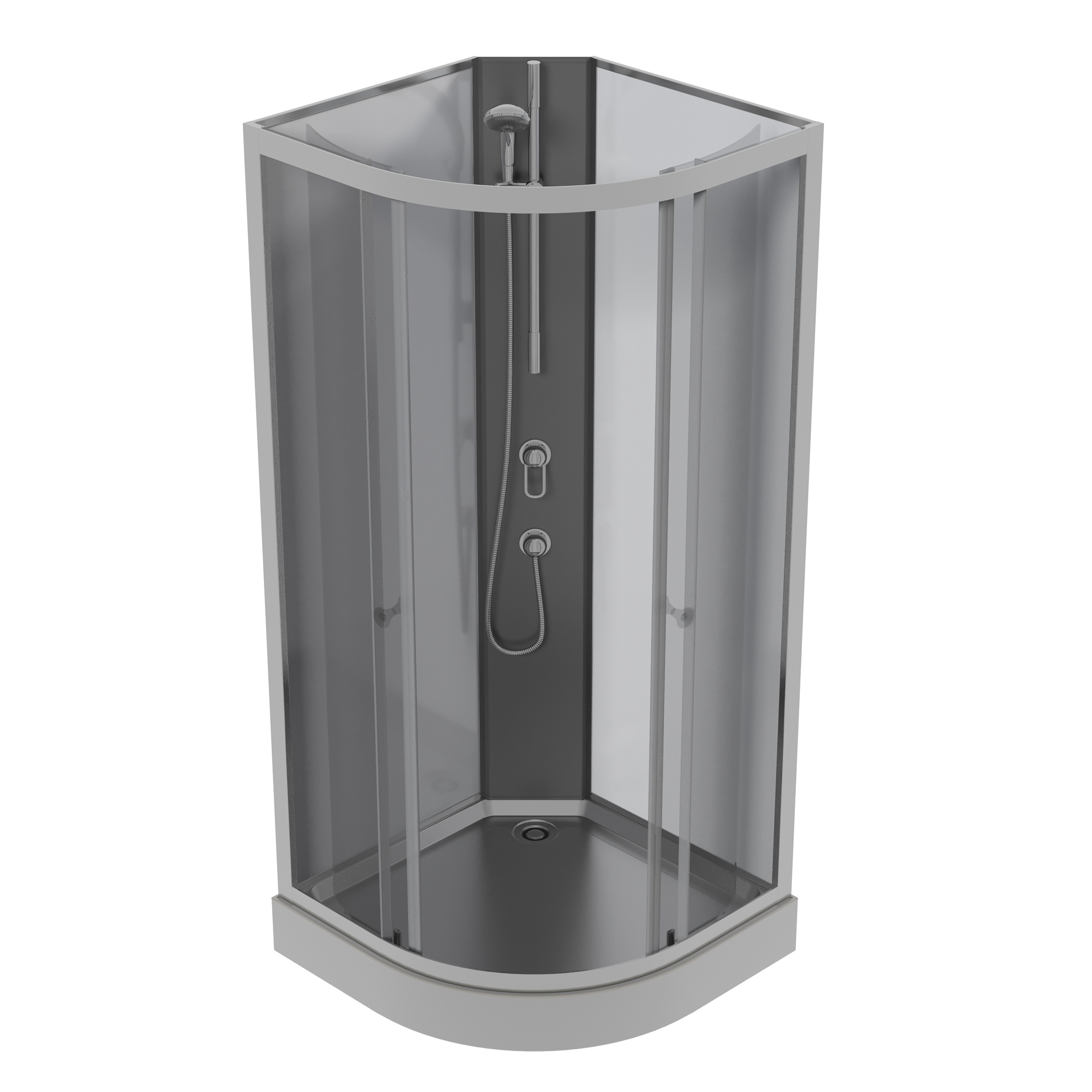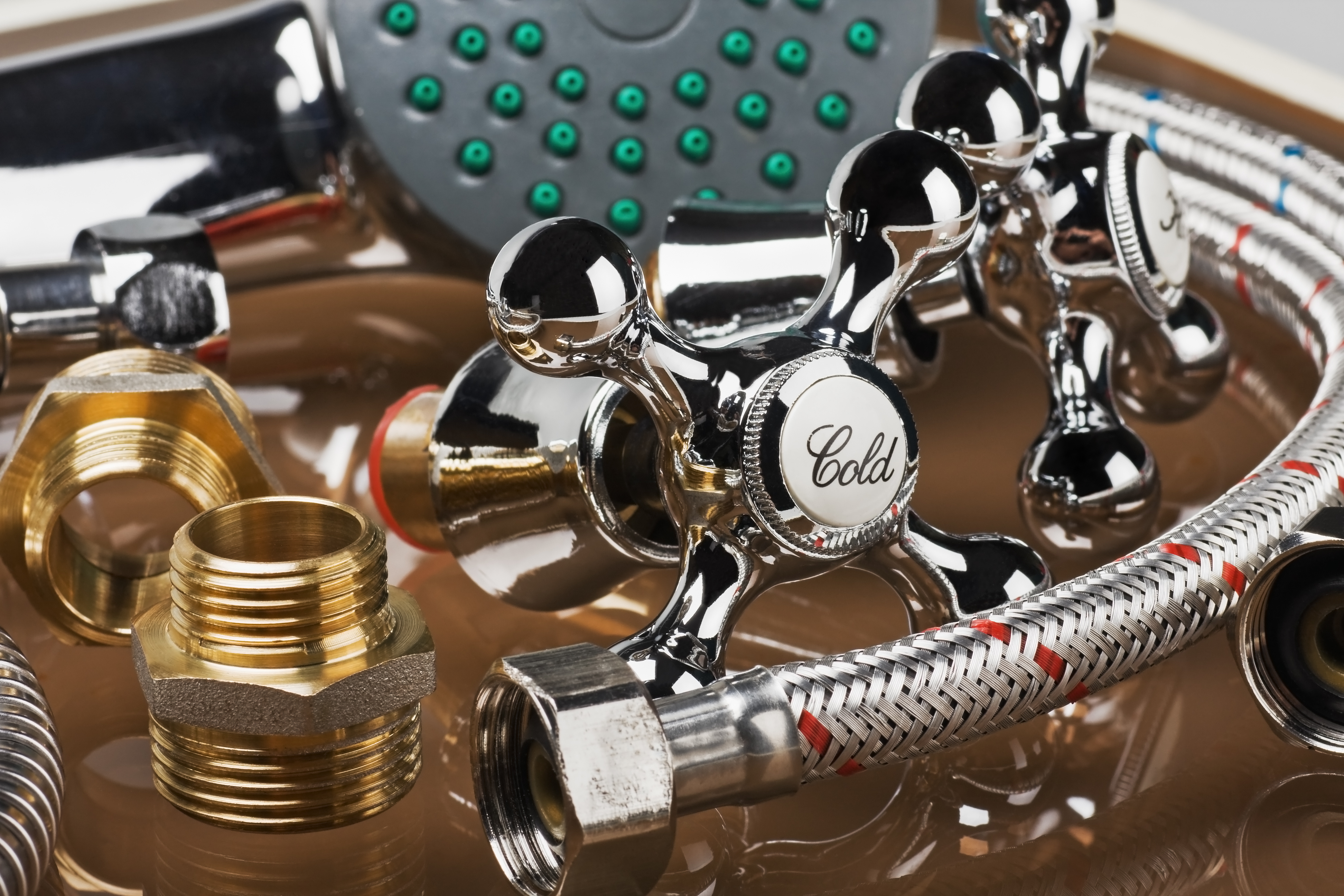
Parts of a Shower

Parts of a Shower: A Comprehensive Guide for Contractors, Property Management, and DIY Homeowners
The modern shower is a marvel of plumbing and engineering, offering a soothing escape from the daily grind. Whether you're a contractor working on a new build, a property manager overseeing maintenance, or a DIY homeowner looking to upgrade your bathroom, understanding the various components of a shower is essential. In this guide, we'll explore the key parts of a shower, shedding light on their names and functions, and how they impact water pressure, water temperature, and the overall shower experience.
Shower Pan: The Foundation
Let's start at the very bottom, quite literally, with the shower pan. This is the base of your shower, typically made of materials like fiberglass or acrylic. The shower pan is responsible for directing water towards the drain, ensuring it doesn't seep into the rest of your bathroom. It plays a crucial role in the drainage system, helping to prevent leaks and water damage.
Shower Valve: Controlling Water Flow
The shower valve is the heart of your shower plumbing. It regulates the flow of both hot and cold water, allowing you to adjust the water temperature to your liking. There are different types of shower valves, including pressure-balancing shower valves, which help maintain a consistent water temperature even when other fixtures in the house are in use. This ensures a comfortable shower experience, regardless of changes in water pressure.
Shower Head: Where the Magic Happens
The shower head is where the water meets you, and it comes in various styles and designs to cater to different preferences. It's responsible for dispersing water evenly, and its positioning can impact the flow of water and overall comfort during a shower. Modern shower heads often feature adjustable settings, allowing you to customize the water pressure and spray pattern.
Shower Arm and Flange: Supporting the Shower Head
The shower arm is the pipe that connects the shower head to the water supply pipe. It's essential for positioning the shower head at a comfortable height and angle. The shower flange is a decorative cover that conceals the connection between the shower arm and the wall. Together, the shower arm and flange ensure the shower head is securely mounted and aesthetically pleasing.
Shower Drain: Disposing of Wastewater
The shower drain is a critical component of the drainage system. It collects the wastewater and directs it towards the waste outlet pipe. A well-functioning shower drain, along with the shower pan, ensures efficient water removal, preventing water from pooling in your bathroom.
Shower Strainer and Drain Cover: Keeping Things Clean
The shower strainer, also known as a shower grate or shower grate cover, is a protective component that prevents larger debris like hair from clogging the drain. On top of the strainer, you'll often find a decorative drain cover that adds a touch of style to your shower. These components help maintain a clean and functional drainage system.
Shower Hose: Adding Flexibility
Some showers come equipped with a handheld shower wand, which is connected to the shower hose. This feature adds flexibility to your showering experience, allowing you to easily direct the flow of water to specific areas of your body. The hose and wand are especially useful for rinsing hard-to-reach places.
Shut-Off Valve: Easy Access Control
A shut-off valve is an important safety feature for any shower. It allows you to quickly turn off the water supply in case of emergencies or maintenance needs. Having easy access to the shut-off valve can prevent water damage and potential accidents.
Shower Amenities: Adding Comfort and Style
In addition to the core components mentioned above, modern showers often include amenities like built-in seating, storage niches, and even steam generators for a spa-like experience. These features enhance both the comfort and aesthetic appeal of your shower.
Understanding the different parts of a shower and how they work together is crucial for contractors,
property managers, and DIY homeowners. It ensures that your shower functions efficiently, maintains
water pressure and temperature, and provides a comfortable and enjoyable experience. Whether you're
replacing a shower valve, upgrading your shower head, or simply performing routine maintenance,
knowing the names and functions of these components is invaluable.
If you're a contractor or property manager, staying informed about the latest shower plumbing products
and technologies can help you deliver top-notch bathroom amenities to your clients. For DIY
homeowners, this knowledge empowers you to take on projects with confidence, whether it's a minor
repair or a complete bathroom renovation.
In conclusion, a shower is much more than a place to get clean—it's a complex system of components
working together to provide a relaxing and refreshing experience. From the shower pan to the shower
head, each part plays a vital role in ensuring efficient water flow, temperature control, and drainage. So, whether you're installing a new shower or upgrading an existing one, understanding these components is
essential for a successful project.





